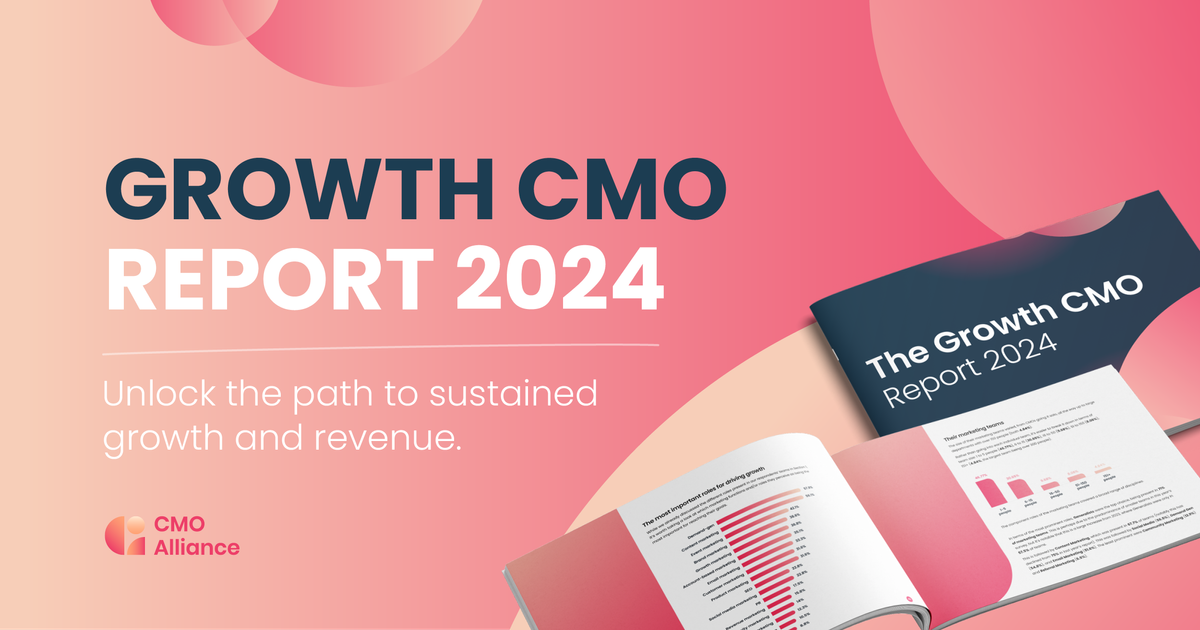It's almost impossible to grow a company successfully without a strong alignment between sales and marketing. You don't hear any successful CEOs say, "Our marketing is working, but our sales are not." Growth is linked to a healthy interdependence between the two.
Given the paramount importance of sales and marketing alignment, this article will explore several crucial steps marketing leaders can take to build and foster and a positive relationship between the two interrelated functions.
Marketing-Sales SLA
One common approach to sales-marketing alignment is to establish an SLA between the two organizations. Both parties agree to 1) the quantity of leads and/or pipeline to be sourced by marketing each month, 2) the ideal customer profile and the buyer personas to be targeted, and 3) the qualification criteria that must be met for an MQL.
The SLA provides a strong foundation for alignment, but it may not be enough to build the necessary synergy between the two organizations.

Learn to think differently about the pipeline
Marketing goals and SLAs often focus on total pipeline and total leads generated, but the sales team looks at the pipeline through a more filtered lens. Sales don’t just want a lot of leads, they want the right leads with the right close dates distributed to the right territories.
Purchase intent
The sales team doesn't want a high number of “low intent” leads, even if they match the ideal customer profile (ICP). Marketing may be excited because they have sourced 1,000 MQLs year-to-date from ICP accounts.
However, sales leadership may be less enthusiastic if only 20% of the leads have converted into opportunities. Sales want qualified leads from buyers in an active purchasing cycle. To meet the plan, marketing needs to deliver leads that are 1) a match with the ICP, 2) a fit with the product capabilities, and 3) a sponsor who has BANT (budget, authority, need, and timing).
Close dates
Sales doesn't want the close dates for deals in the pipeline to be tightly clustered together. The CMO may be excited because there are 1,000 marketing-sourced leads in the pipeline. However, the CRO may be less enthusiastic because 800 of the opps are forecasted to close 120-180 days from now. To hit the growth targets, marketing needs to deliver a healthy mix of deals for this quarter, next quarter, and the quarter after that.
Territory Distribution
Sales doesn't want the pipeline tightly concentrated with a few deals. It’s too high risk. For example, the Demand Generation VP may be excited because the Southeast US region has 5X pipeline coverage. However, the Regional Sales VP is concerned about the quarter because 60% of the pipeline is tied to 3 really big deals. Mega-deals often slip. Even if the 3 deals close, it will only benefit a few reps. Most of the AEs won’t hit quota. Sales management wants balanced performance across the different reps. To maximize sales productivity, marketing needs to deliver a healthy mix of deals that are evenly distributed across the different territories.
Learn to see the pipeline through the eyes of a sales manager
Marketing needs to run the weekly demand generation call like the sales team runs its weekly forecasting call. Look at the pipeline for each territory from the lens of a sales leader. "EMEA has $5M in new pipeline over the past 90 days, but $4M has gone to DACH and very little in the other regions." "The US Northeast region has 5X coverage for the current quarter, but only 0.5X coverage for next quarter." If you can identify issues before sales management, you can be proactive and take corrective actions before the pipeline gaps are escalated to the CRO.
Understand how the sales team operates
Before you can adopt the pipeline management practices outlined above, you need to develop a baseline understanding of how the sales team works. Demand generation leaders should know:
- Structure — How is sales organized? What are the different territories? Who are the leaders of each? What accounts are assigned to each?
- Goals — What are the booking targets for this quarter and the next? What is each individual account executive expected to contribute in terms of quota? How does the compensation plan work?
- Performance — How did sales perform last quarter against their targets? Which territories were above or below? Which reps have closed the most deals? Which hasn't closed any?
When sales and marketing are not aligned the whole go-to-market rhythm is out of sync. Sooner or later the CEO will get involved to help "fix it." The outcome might be weekly sessions scheduled between the CRO, the CMO, and an outside coach. Even worse, the go-to-market organization might be consolidated into a single team, which usually means marketing moves under the CRO. You don't want to let it get to that point. Take a more proactive approach to getting aligned.
A little about me
Steve has led marketing and product management teams at six different SaaS and cloud providers, including several that experienced hypergrowth, filed IPOs, and reached billion-dollar valuations. He is currently the Chief Marketing Officer at Ordway, where he is responsible for the growth strategy, demand generation, and brand development programs designed to expand the company’s market share in the SaaS, cloud, fintech, AI, and IoT segments. Steve is also an ambassador for CMO Alliance and a Customer Advisory Board Member for the SaaS Alliance.



 Follow us on LinkedIn
Follow us on LinkedIn




